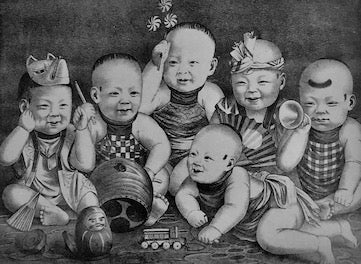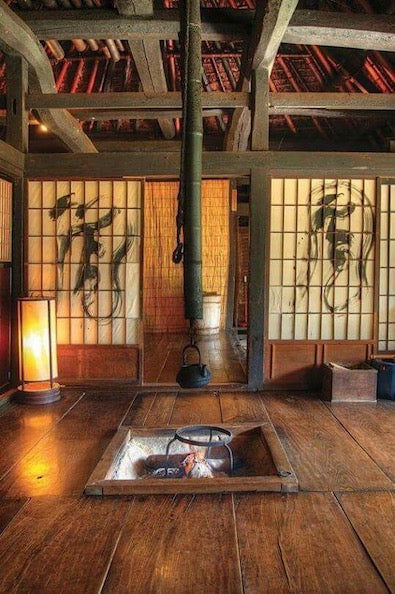How parents raise their children is one of the main ways that culture and tradition are conveyed from generation to generation. When we generalize and say that the Japanese act a particular way, we’re talking about habits and attitudes that are first learned in the home. Interdependence, harmony, politeness, respect, customs, how to eat, address strangers, when to smile, are things one learns at home from a young age, including what makes for a good marriage partner. The Japanese in particular, begin to learn these behaviors before they were even aware of it, by watching parents live and work. Because of the situation, many young children, whose parents were farm workers, worked on their family farms assisting in all form of chores. However, they were mainly there so that their parents could watch over their youngsters while they were attending to crops. Again, to teach family values and the importance of responsibility.

Family is very important to the Japanese, as they are not individualistic, and so the family acts as an entity for whom the needs are more important than these of individual members. The living spaces in Japan help to determine the size of the family, although as related to the farmers, family size was larger, in order to support the operation of the agriculture enterprise. Typically it is just the nuclear unit living together with any with children, (referred to as Kozoku), and possibly a grandparent living with them or perhaps nearby. And in many cases, the Oshin, (baby sitter),was a major supportive element within the family, particularly if the married couple resided with only their child or children.
A typical theme of numerous artists is that of either the mother with child or the infant in the arms of the Oshin. Japanese mothers are known for proactively predicting the needs of their children, making the prevention of fuss a high priority. The babysitter was a trusted and essential part of the Japanese family, and was particularly important to rural mothers who daily worked the fields, and who needed assurance that each child would be lovingly cared for throughout the day. These images were not meant to be sentimental, but to exemplify the relationship between the figures expressing serenity and stability. Today, after two years of age, Japanese mothers and fathers intentionally disconnect children from the family to support personal growth, needing to avoid complete dependence on their parents. Sosaku Kokeshi images of mother, Oshin, and child, as well as children assisting on the farm, as shown here, are rare subjects for inspiration in today’s Japanese artisan world and sought after by collectors of Kokeshi, for they are meant to tell a story, becoming a focus in many children’s books.





